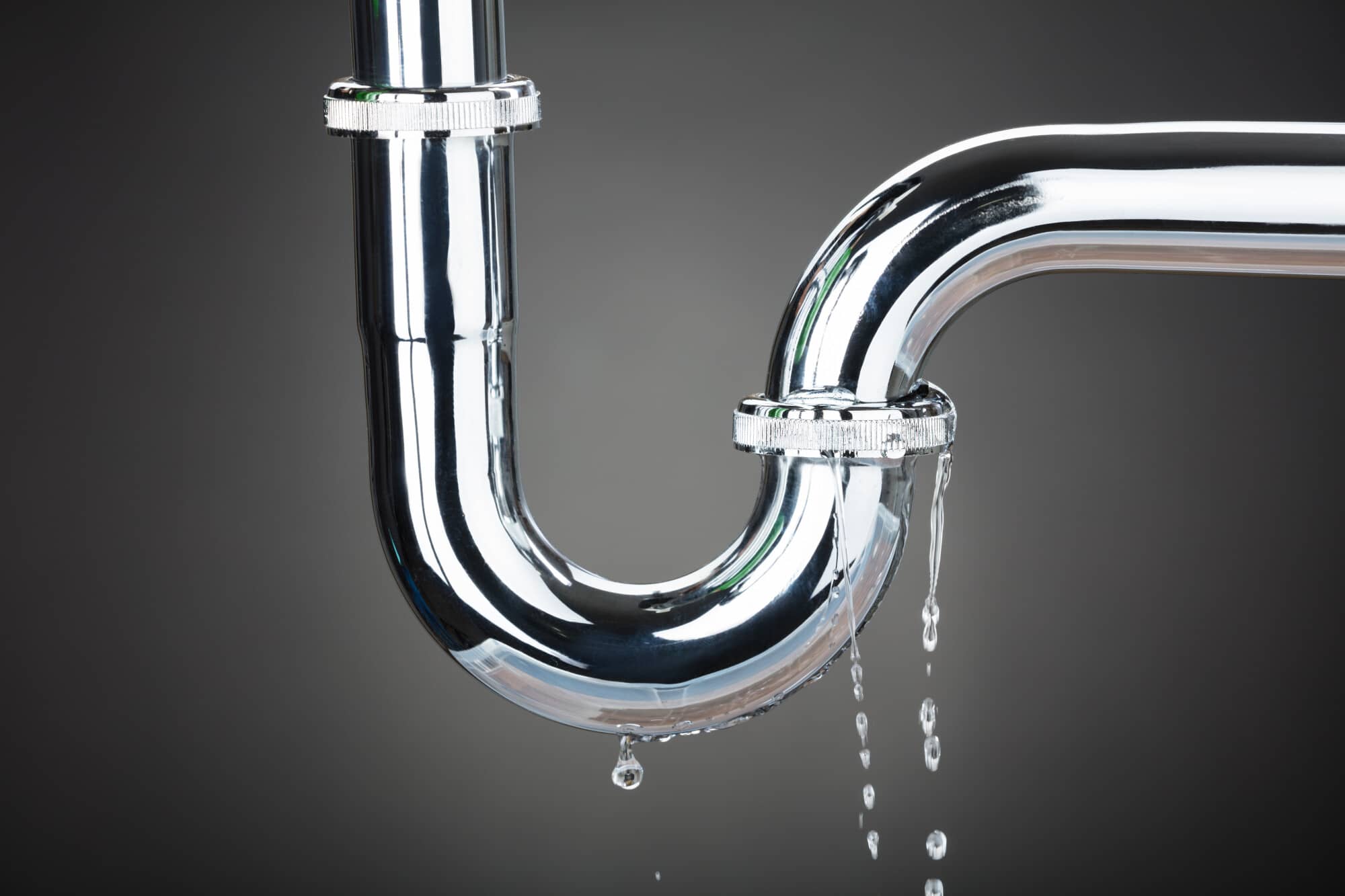Table of Contents
In the United States alone, as many as one in 10 homes have water leaks that waste at least 90 gallons each day. Even the average household can already have leaks that waste 10,000 gallons of water each year. Worse, these problems not only squander precious water but also give rise to water damage.
The bathroom, in turn, is one of the most common places affected by plumbing leaks. After all, most fixtures in this room connect to pipes that can degrade or rupture.
Signs of bathroom water damage
As such, it’s essential to know the signs of bathroom water damage. This way, you can fix them before they cause health problems or property destruction.
We’ll talk about water damage in the bathroom and what to do about it below, so be sure to read on.
Mold and mildew formation
According to some estimates, there are at least 100,000 types of molds. The term mildew, in turn, refers to certain species of molds or fungi. Either way, molds (and mildew) thrive in damp or humid places, including areas with water damage.
Thus, it’s common for mold and mildew to grow on bathroom surfaces, such as walls, window sills, or floors. However, as long as the growth only affects a small or isolated area of your bath, it’s not a cause of concern.
You can remove mold patches by mixing and spraying bleach and water on them. You can also prevent them from growing back by keeping your bathroom dry and well-ventilated.
However, if the growths reappear after a day or two, you may have hidden water damage. You may have leaky pipes inside your bathroom walls or under the floor.
You don’t have to panic, but don’t ignore it either, as molds can cause respiratory effects. These microorganisms can be even more dangerous for people with asthma or allergies.
A local plumber Winnipeg can test your bathroom or even your whole home for potential leaks. They’d likely use hygrometers or infrared/thermal cameras to detect the problem areas. These devices help them find leaks without the need to knock down walls or pull floorboards out.
Just keep in mind that plumbers often only specialize in addressing damaged pipes. So, your local plumber would fix your leaky pipes but may not remediate the water damage itself. In this case, you can hire a water damage restoration company after the plumber fixes the leaks.
Ceiling stains
Ceiling stains, be they in the bathroom or the room below, often indicate severe damage. That’s because these ugly spots take time to appear, so it can mean the damage has been going on for weeks or even months. You may have pipes that are leaking non-stop, allowing the water to seep into the structure below.
Either way, have those stains investigated ASAP by a plumber or a remediation company. Ignoring it can only result in the damage worsening enough to make parts of the ceiling give way.
Cracking or peeling paint
Interior paint jobs can last anywhere from 10 to 15 years. However, this still depends on paint quality and proper surface preparation. Moreover, high humidity, especially in bathrooms, can cut their life short.
With that said, if your bathroom paint is starting to peel or crack, consider its age first. If it’s been several years since you had the job done, then the damage is likely just due to age, wear, and tear.
On the other hand, water damage is a more likely culprit if it’s only been a year or two. Call a local plumber for inspection, and then have faulty pipes fixed ASAP. If you have severe water damage, consider hiring a remediation company after.
Spongy floors
Collapsing structures are some of the biggest dangers of water damage. Aside from the ceiling, this can happen to bathroom floors with significant rotting. The more decay the subfloor has, the spongier it can get and the less weight it can take.
Even if you have tiled floors, you may still feel sponginess when you step on affected areas. You may also notice some loose tiles, which water damage can cause since it destroys adhesive.
Another sign is a constantly damp bathroom floor. This can happen if you have a leaking pipe underneath the floorboards. However, it may also be due to a cracked or worn toilet seal, allowing toilet water to seep out onto the floor.
Get in touch with a plumber as soon as you notice such signs of bathroom floor damage. Please don’t attempt to fix this on your own without knowing what type of pipe caused the problem. The leaky pipe may be a drainpipe, which means it may be leaking wastewater.
Wastewater, in turn, can hold countless viruses, bacteria, and other disease-causing microorganisms.
Then, after the plumber repairs the defective pipes, call a water damage repair expert. This way, they can handle the remediation process, which is much safer than dealing with it on your own.
Pests abound
Excessive indoor moisture can attract pests, especially roaches and rodents.
Roaches already prefer damp places, so they’d love a water-damaged bathroom even more. What’s even worse is that they’re not only disgusting; they also carry harmful bacteria. One study even identified 181 bacterial species in and on these pests!
You may also experience increased sightings of rodents, such as mice and rats. Many of these pervasive pests, after all, live in sewers, so they can make their way into your bathroom. Worse, they also carry and spread diseases to humans and other animals.
If you’ve seen these critters in your bathroom, call a plumber, a water damage repair pro, and pest control.
Don’t put off repairing bathroom water damage
As you can see, molds and mildew are usually the earliest signs of bathroom water damage. This is especially true if the growths recur even with the ventilation fan always turned on.
In that case, have a plumber inspect your bathroom right away so that you can have leaks fixed ASAP. From there, you can hire a water damage restoration company if the damage is too significant to DIY.
Interested in more home improvement and repair guides like this? Head over to our site’s other blog categories for more tips and tricks then!




